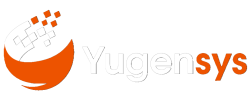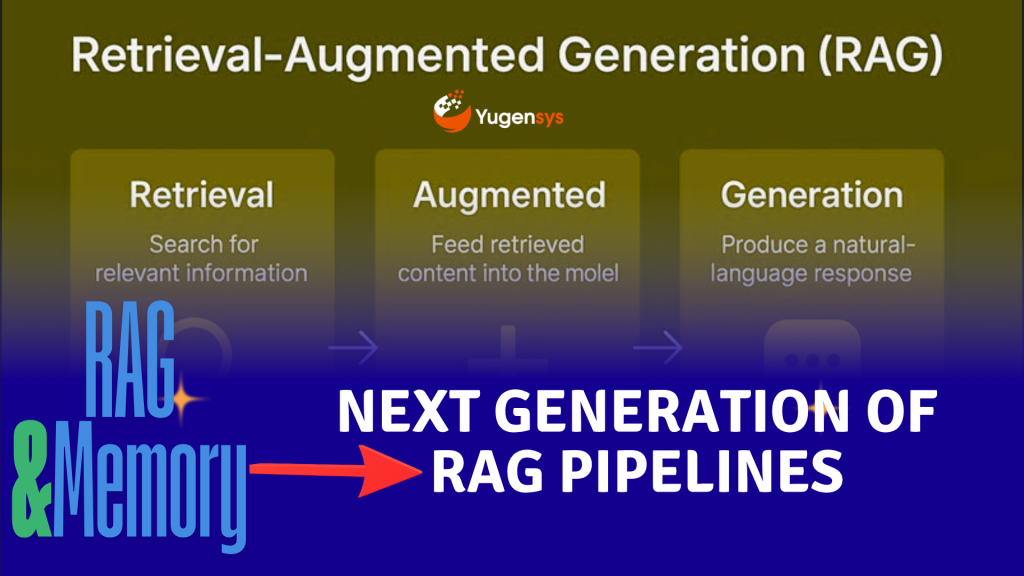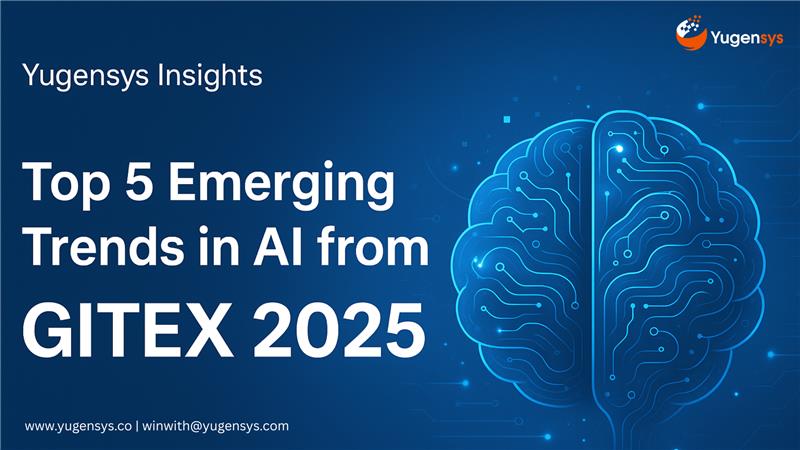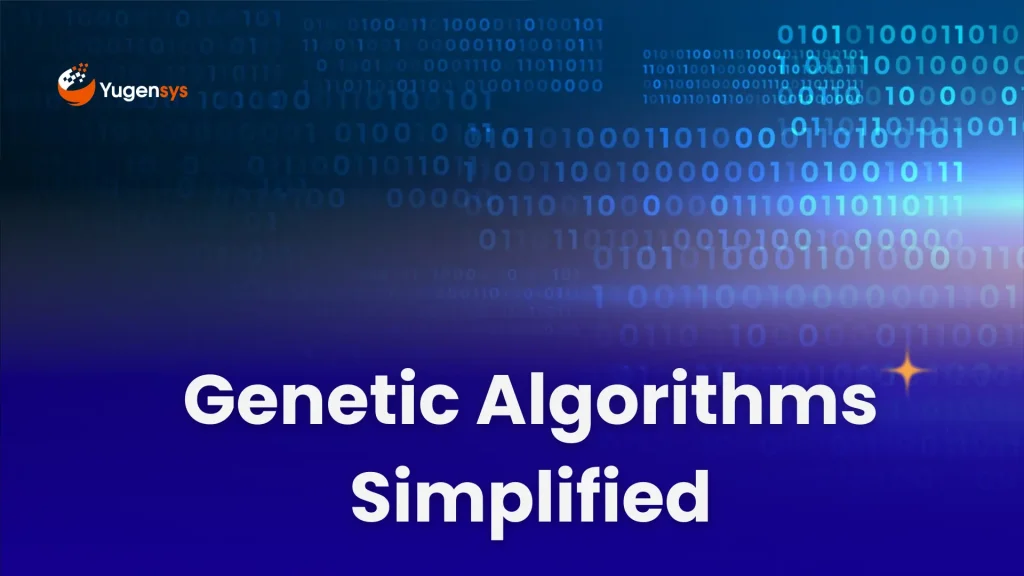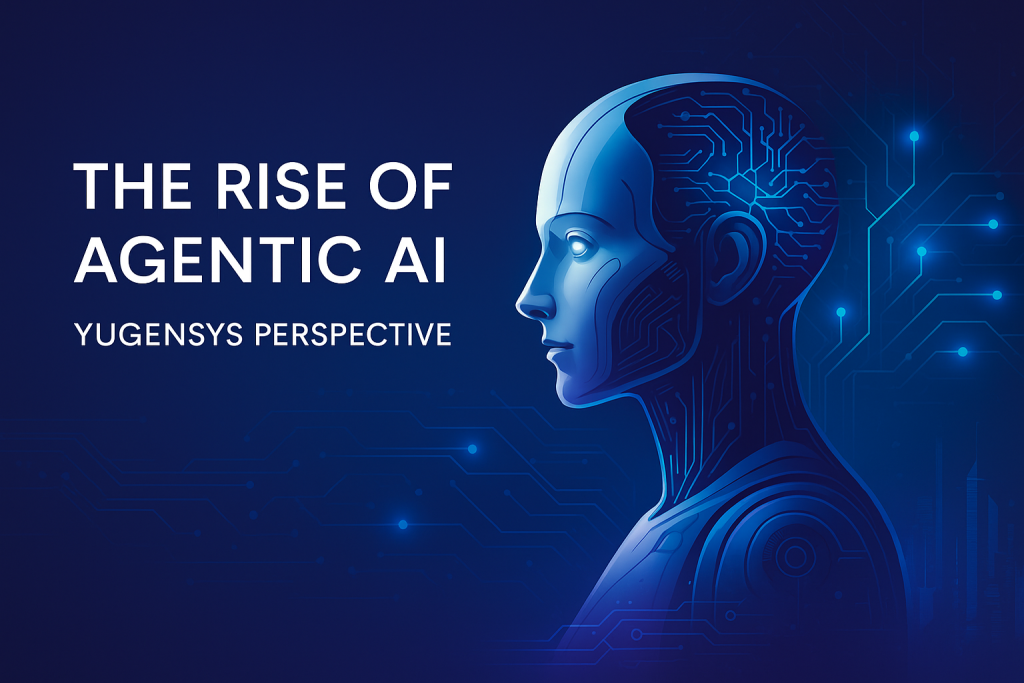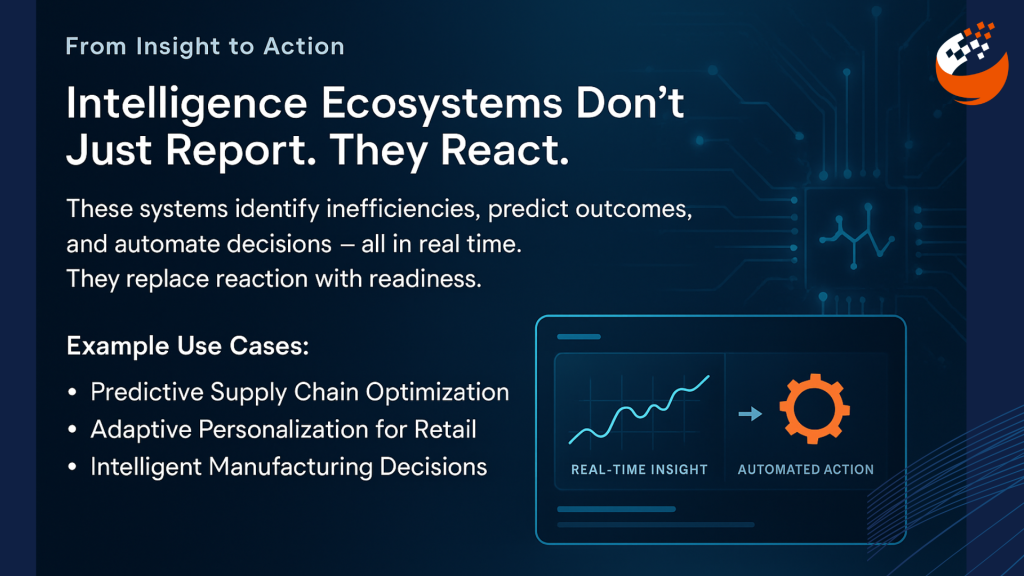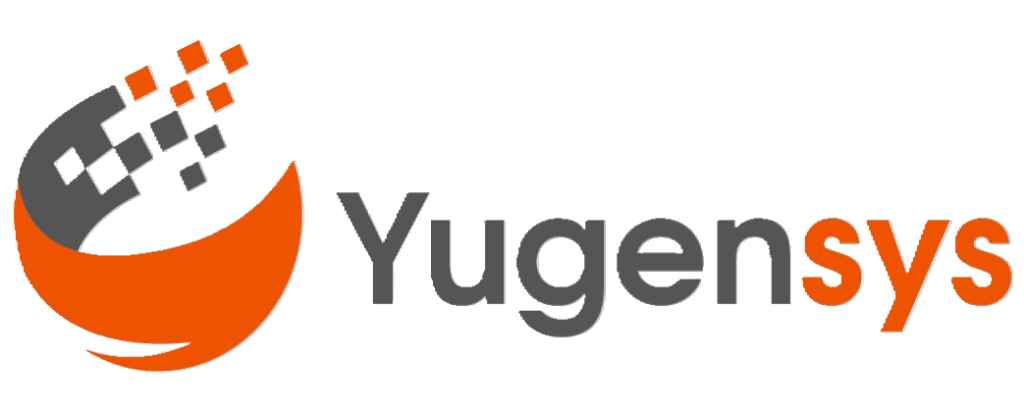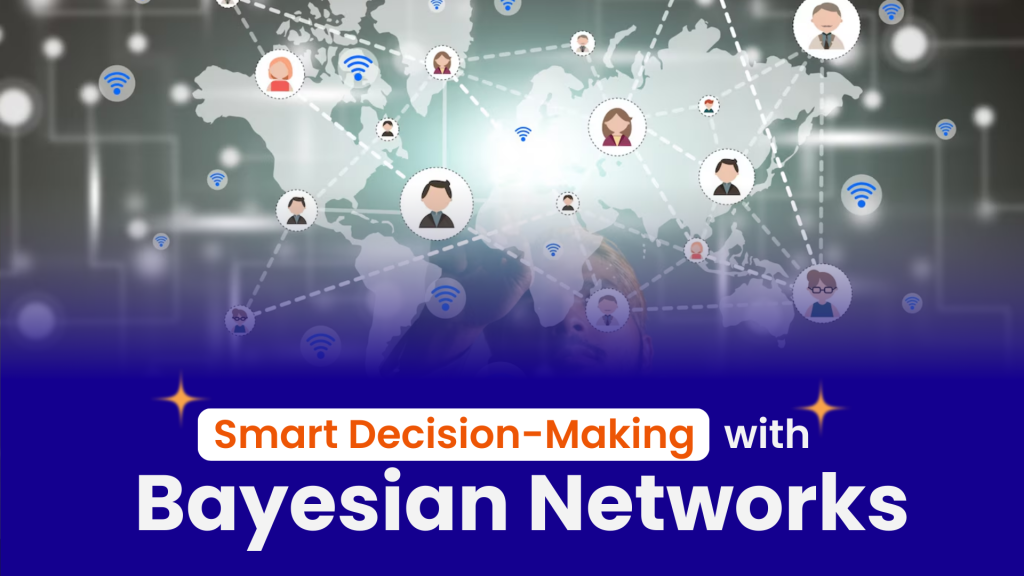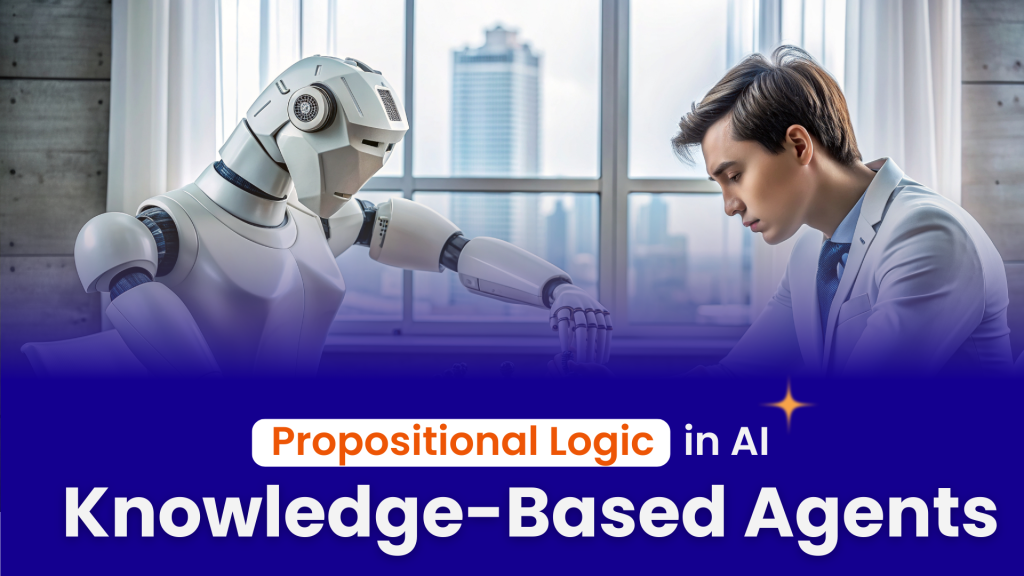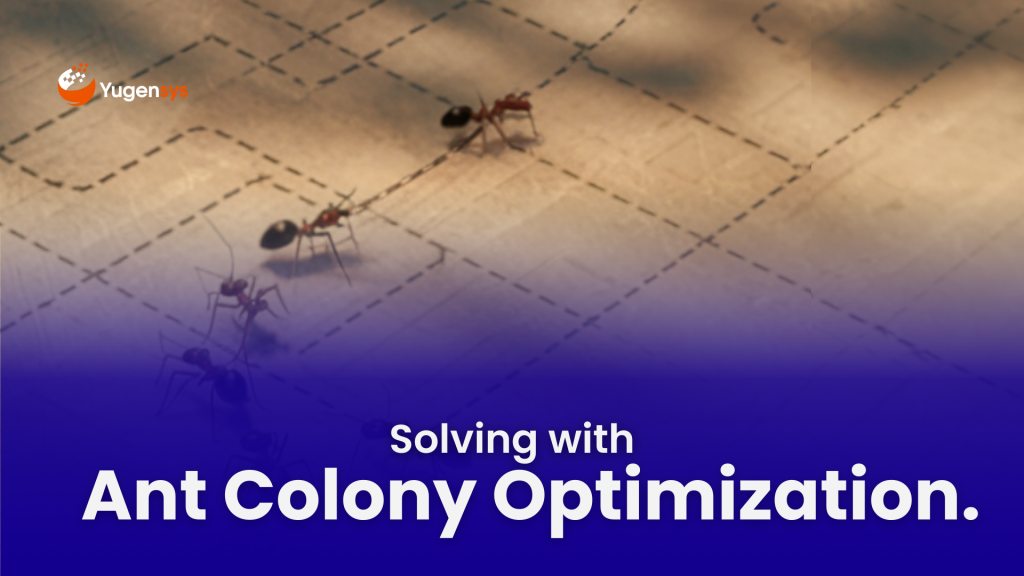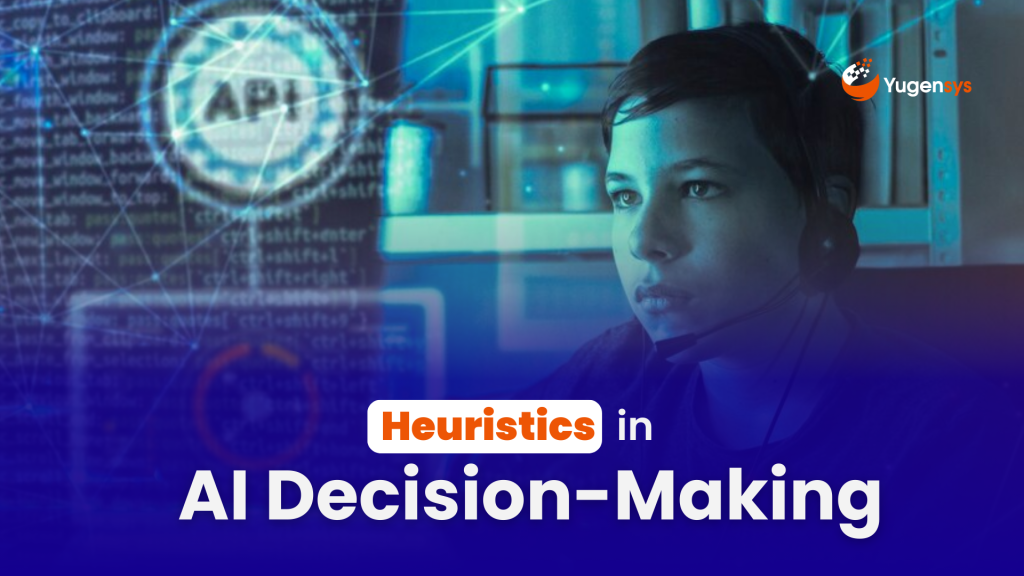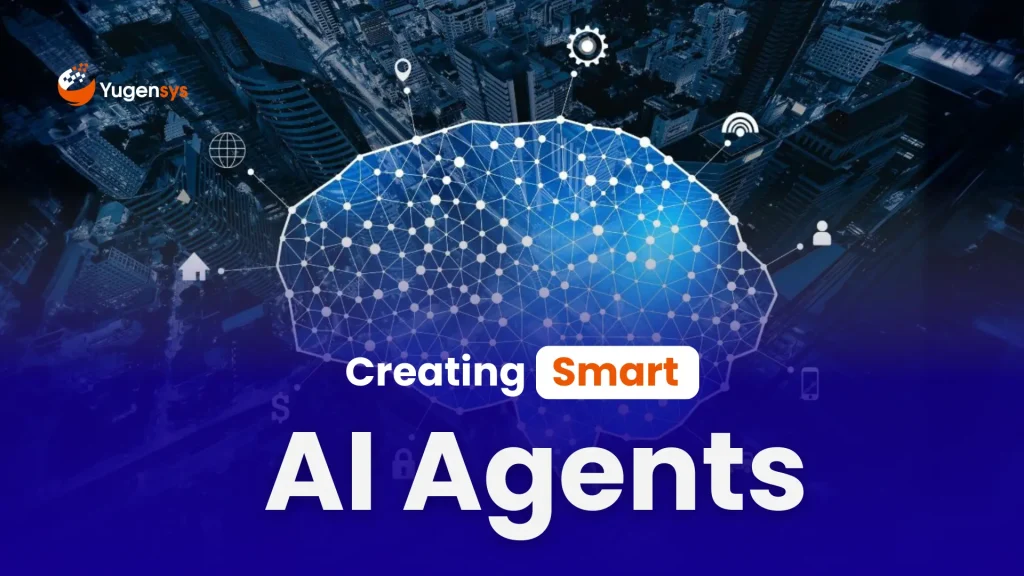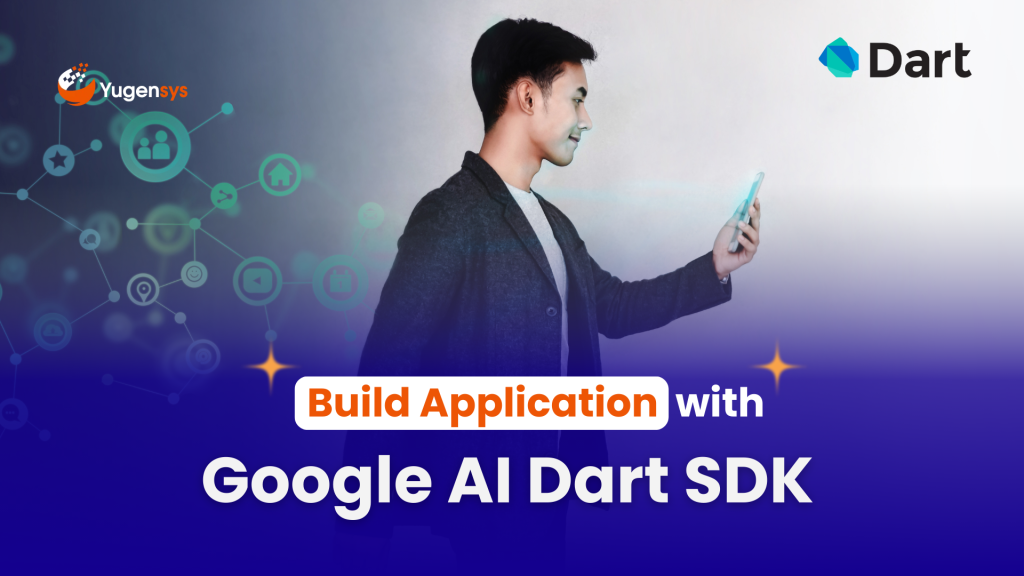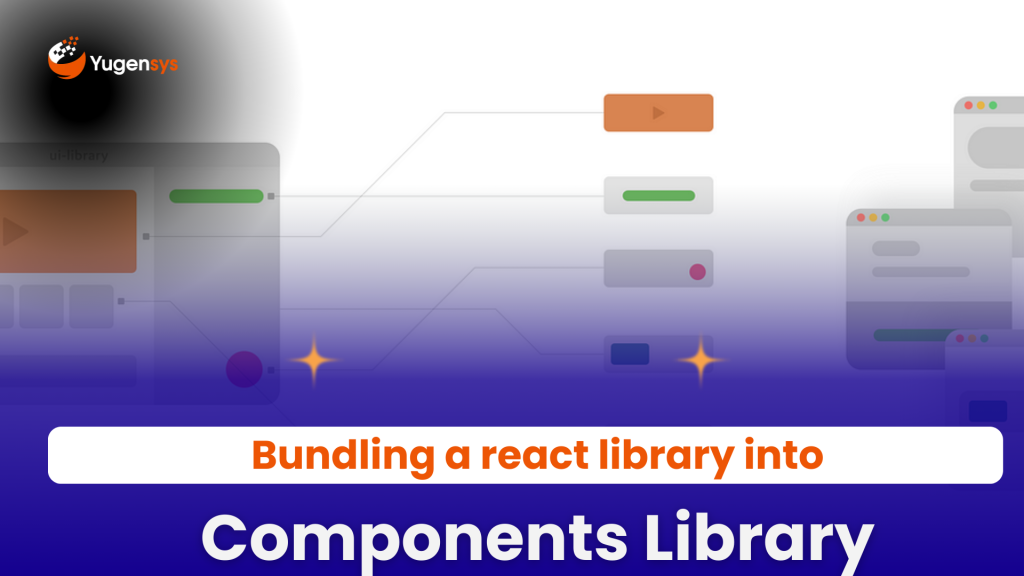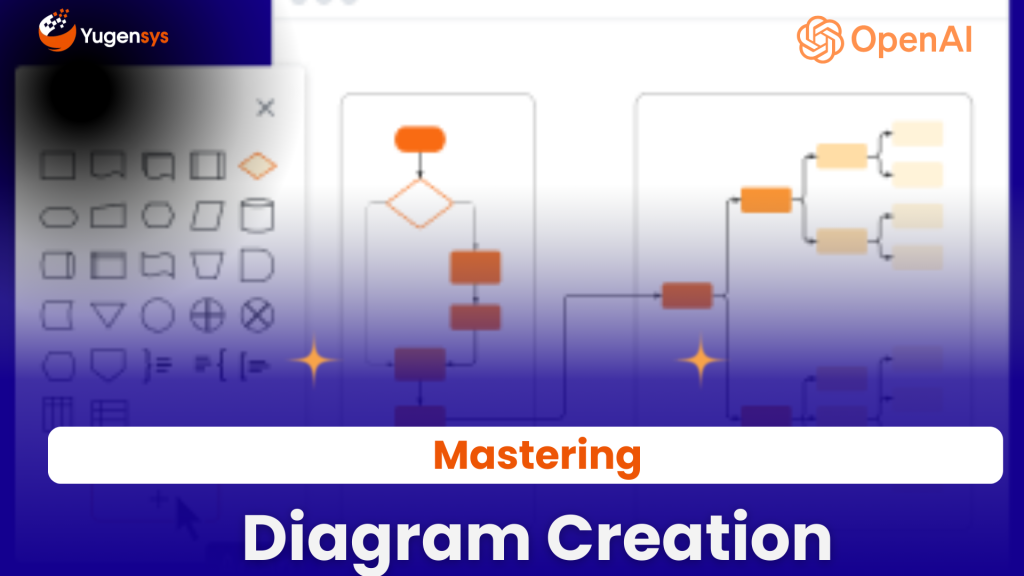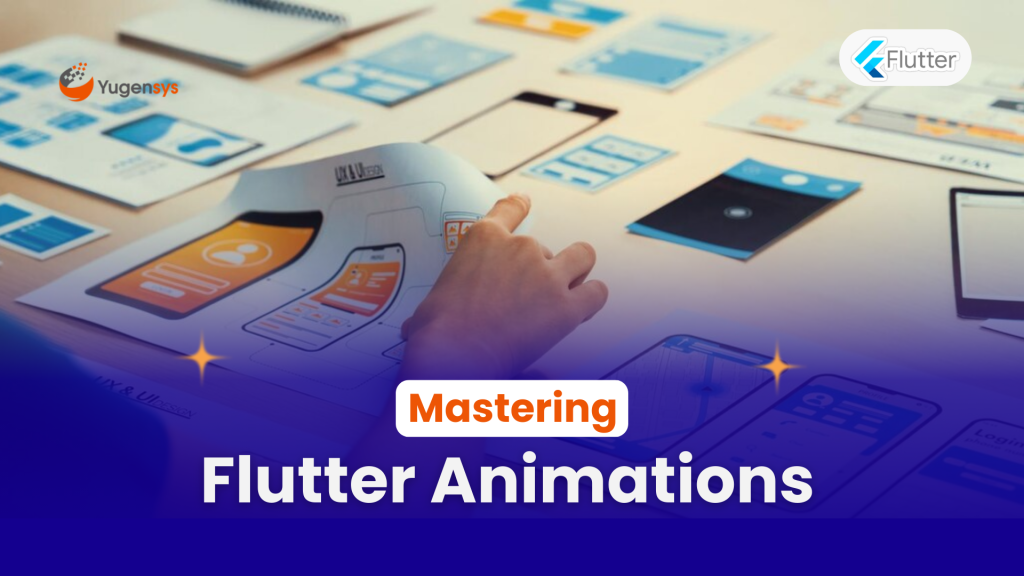Small vs Large AI Models: How to Choose the Right One for Your Product
Table of Contents
Introduction
AI adoption is no longer limited to tech giants. Startups, mid-size enterprises, and large organizations are all integrating machine learning into their products.
But as AI capability grows, so does the maze of model choices: small LLMs, large LLMs, domain-specific models, fine-tuned models, multimodal models, embedders, edge-friendly models, and more.
The real challenge for engineering teams
isn’t
“What’s the best model?”
It’s
“What’s the best model for my scale, cost, and scenario?”
This blog breaks down how to select the right model across three major scales of implementation:
- Small scale (MVPs, POCs, internal tools)
- Mid-scale (production use with controlled traffic)
- Large-scale (enterprise-grade, high-volume, secure deployments)
Let’s dive into a structured way of making this decision.
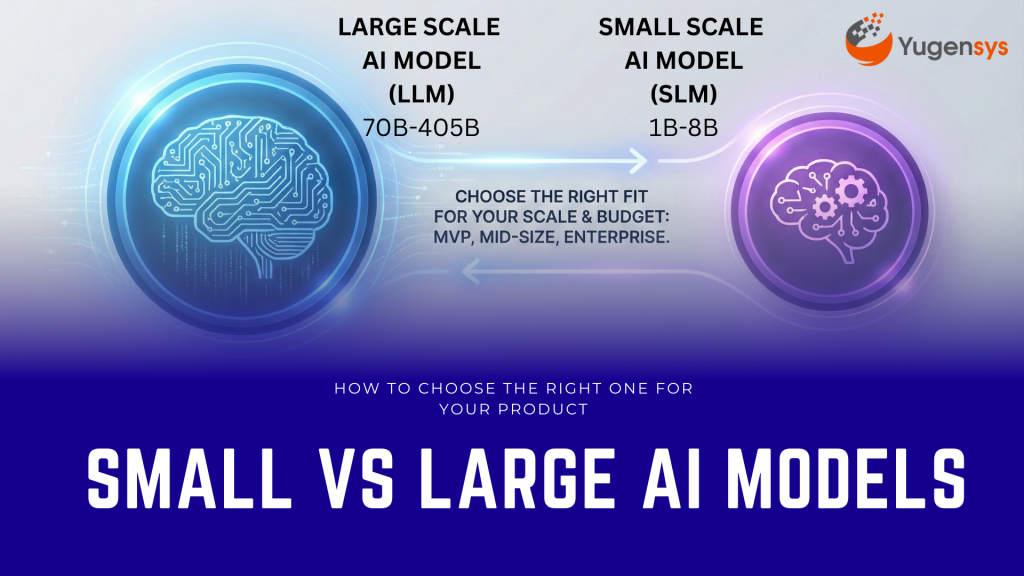
1. Small Scale (MVP, POC, Low Traffic, Fast Iteration)
Best for:
- Idea validation
- Internal team tools
- Early-stage startup products
- Lightweight automation (summaries, classification, Q&A)
- Low-budget experiments
Model Selection Strategy
At this scale, you don’t need a 70B–405B LLM. You need speed, cost-efficiency, and simplicity.
Recommended Model Types
- Small Open-Weight Models (1B–8B)
- Examples: Llama-3.1 8B, Phi-3, Mistral 7B, Gemma 7B
- Best for text classification, basic chat, summarization, structured extraction.
- Task-Specific Models
- Sentence transformers
- Keyword extractors
- Lightweight OCR, NER models
These can outperform giant LLMs for narrow tasks.
- Hosted APIs (OpenAI, Claude, Google)
When infra management is not desired, use paid APIs temporarily.
Why these are ideal
- Run on a single GPU or even CPU
- Low inferencing cost
- Easy to deploy via Hugging Face Inference, Replicate, or on local hardware
- Faster iteration → shorter MVP cycles
When this isn’t enough
- Need for long-context reasoning
- High-accuracy generation
- Multimodal heavy lifting
- Compliance or data sovereignty
2. Mid-Scale (Growing Product, Real Users, Predictable Traffic)
Best for:
- Consumer apps with medium traffic
- Enterprise internal apps
- Chatbots, agents, RAG systems
- Multilingual experiences
- Analytical tools
Model Selection Strategy
This is the “sweet spot” where performance + cost optimization must be balanced.
Recommended Model Types
- Mid-Size Open-Weight Models (13B–40B)
- Examples: Llama-3.1 30B, Mistral Medium, Qwen 32B
- Great for reasoning, long context, code assistance.
- Fine-Tuned Variants
- Domain-specific models trained on your data
- Higher accuracy and reliability
- Can replace 70B models in many cases after tuning
- Specialized Models for Subtasks
- Embedding models for search
- Vision encoders for document workflows
- Finetuned LLMs for customer support
- Hybrid Setup (Local Model + External API)
- Local for cheap inference
- External API for heavy reasoning fallback
- Best value mix for cost & performance
Why these are ideal
- Better accuracy than small models
- Can run on multi-GPU or cloud GPU servers
- Lower long-term cost versus API usage
- Scalable with container orchestration tools like Kubernetes and Ray Serve.
3. Large-Scale (Enterprise-Grade, High Traffic, Compliance-Heavy)
Best for:
- Millions of users
- Production-grade agents
- Document intelligence pipelines
- Enterprise RAG and domain copilots
- AI inside mission-critical business systems
Model Selection Strategy
At scale, the focus shifts to performance, reliability, latency, governance, and security.
Recommended Model Types
- Large Models (70B–405B)
- Llama-3.1 70B
- Qwen 110B
- OpenAI o1, GPT-4.1
- Claude 3.5 Sonnet
These offer best reasoning ability, coding capabilities, and agentic behavior.
- Enterprise Managed Platforms
- Azure OpenAI
- AWS Bedrock
- Google Vertex AI
These provide compliance, monitoring, SLOs, and hardened infrastructure.
- Distributed Serving (DeepSpeed, vLLM, S-LoRA)
If self-hosting big models:- Sharded inference
- Continuous batching
- Token streaming
- A/B model testing at scale
- Multimodal Powerhouses
- ChatGPT-o / GPT-4o
- Gemini Ultra
- Qwen-VL
Required for video, images, voice, and document workflows.
Why these are ideal
- Handle massive concurrency
- Best accuracy + lowest hallucination rate
- Guaranteed uptime + enterprise controls
- Ideal for highly regulated sectors (Finance, BFSI, Healthcare)
4. Decision Matrix: What Model for Which Use-Case?
Use Case | Low Scale | Mid Scale | Large Scale |
Chat Agent | Phi-3 / Gemma 7B | Llama-30B | GPT-4.1 / Claude 3.5 |
Document Q&A | Embedders + 7B LLM | 13B–30B + RAG | High-end Models (Llama-70B / o1) |
Code Assistant | Mistral 7B | Qwen 32B | GPT-4.1 / o1 |
IoT + Edge | TinyML / 1B models | 3B–7B | Cloud API fallback |
Image/Video AI | Lightweight vision encoders | Qwen-VL Medium | GPT-4o / Gemini Ultra |
Domain Copilot | API-based | Fine-tuned 13B–40B | Full enterprise platform |
For document-heavy or retrieval-based workflows, frameworks such as LlamaIndex make it easy to build scalable RAG pipelines and manage context retrieval efficiently.
For vector storage at scale, Milvus provides a high-performance open-source vector database optimized for embeddings and semantic search.
Production teams can also use Pinecone for fully managed vector search with high availability and low-latency retrieval.
5. Quick Checklist: How to Choose the Right Model
- Estimate Scale
- <5k requests/day → small models
- 5k–500k/day → mid-size models
- 500k+/day → large models or managed APIs
- Identify Constraint
- Cost → small
- Latency → local mid-size
- Accuracy → large
- Compliance → enterprise cloud
- Speed to market → APIs
- Consider Deployment
- Edge → 1B–7B
- Single GPU → 7B–13B
- Multi GPU → 30B–70B
- Cloud → any model
Further Reading & Official Documentation
To explore the latest advancements in model capabilities, performance benchmarks, and deployment options, refer to the official documentation from leading AI platforms:
• OpenAI Documentation
• Hugging Face
• AWS Bedrock
• Meta AI Research
• Anthropic Claude
• Microsoft AI
Domain-Specific Examples
A. BFSI (Banking, Financial Services, and Insurance)
Use Case: Automated KYC Document Analysis
- Small Scale: Use a 7B multimodal model + embeddings for basic KYC extraction.
- Mid Scale: 13B–30B model with fine-tuning for signatures, complex IDs, fraud checks.
- Large Scale: API models (GPT-4o, Claude 3.5) for enterprise-level accuracy + auditability.
B. HRMS
Use Case: Resume Parsing & Candidate Matching
- Small Scale: Use 3B–7B classification + embeddings for keyword extraction.
- Mid Scale: 13B–40B tuned on hiring data for contextual matching.
- Large Scale: 70B+ models for conversational HR copilots, role-fit recommendations, competency analysis.
C. Retail
Use Case: AI Pricing & Demand Forecasting
- Small Scale: TinyML + Time-series models on store-level data.
- Mid Scale: Multi-modal 30B model mixing sales + images + metadata.
- Large Scale: Enterprise cloud models feeding real-time dynamic pricing for thousands of SKUs.
D. Healthcare
Use Case: Clinical Note Summarization
- Small Scale: Use local 7B model for anonymized internal trials.
- Mid Scale: 13B–40B with medical fine-tuning (HIPAA-friendly setup).
- Large Scale: Enterprise-grade medical models (Mayo, Google MedLM, GPT-4o Med) for multi-hospital rollouts.
E. Manufacturing
Use Case: Predictive Maintenance
- Small Scale: Edge models (1B–3B) running on industrial IoT devices.
- Mid Scale: 7B–13B models with RAG for technician diagnostics.
- Large Scale: 70B+ models integrating sensor telemetry + historical failures + CAD diagrams.
Conclusion
There’s no universal “best” AI model — only the best fit for your scale, budget, and use case.
Start small, scale wisely, and evolve your model stack as your product grows.
Modern AI engineering isn’t about choosing the biggest model.
It’s about choosing the right-sized intelligence that aligns with product goals, performance needs, and operational constraints.
As the Tech Co-Founder at Yugensys, I’m driven by a deep belief that technology is most powerful when it creates real, measurable impact.
At Yugensys, I lead our efforts in engineering intelligence into every layer of software development — from concept to code, and from data to decision.
With a focus on AI-driven innovation, product engineering, and digital transformation, my work revolves around helping global enterprises and startups accelerate growth through technology that truly performs.
Over the years, I’ve had the privilege of building and scaling teams that don’t just develop products — they craft solutions with purpose, precision, and performance.Our mission is simple yet bold: to turn ideas into intelligent systems that shape the future.
If you’re looking to extend your engineering capabilities or explore how AI and modern software architecture can amplify your business outcomes, let’s connect.At Yugensys, we build technology that doesn’t just adapt to change — it drives it.
Subscrible For Weekly Industry Updates and Yugensys Expert written Blogs
